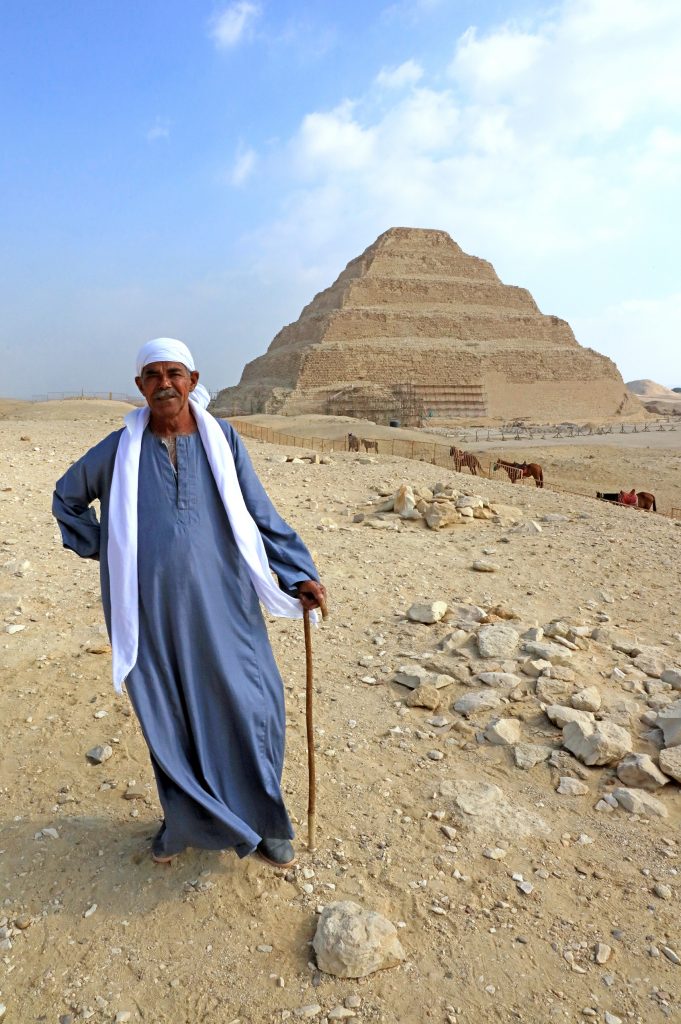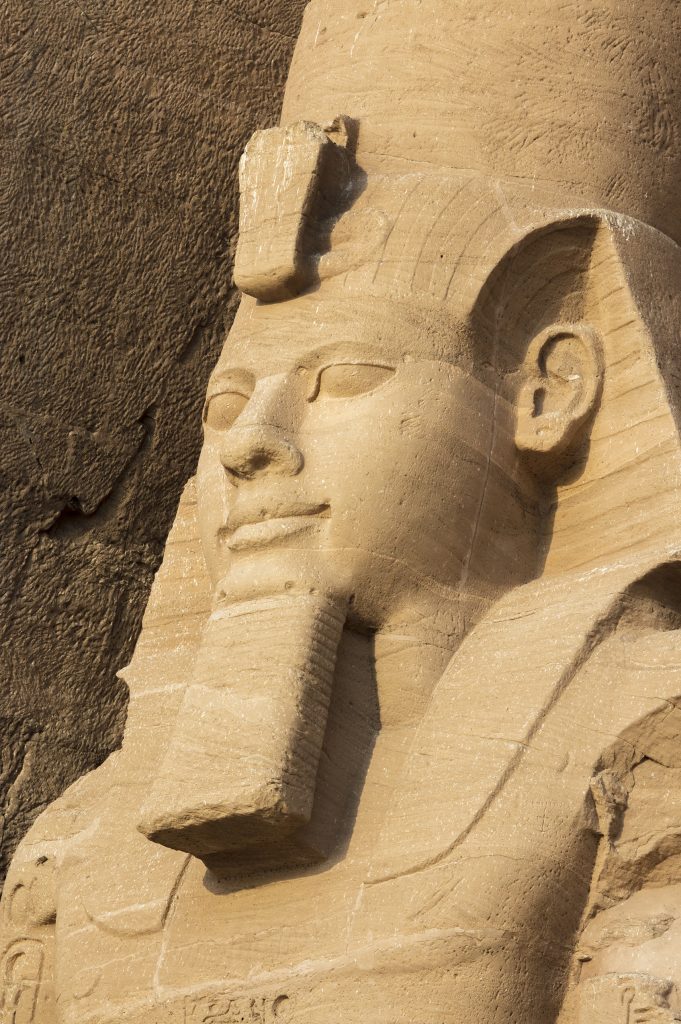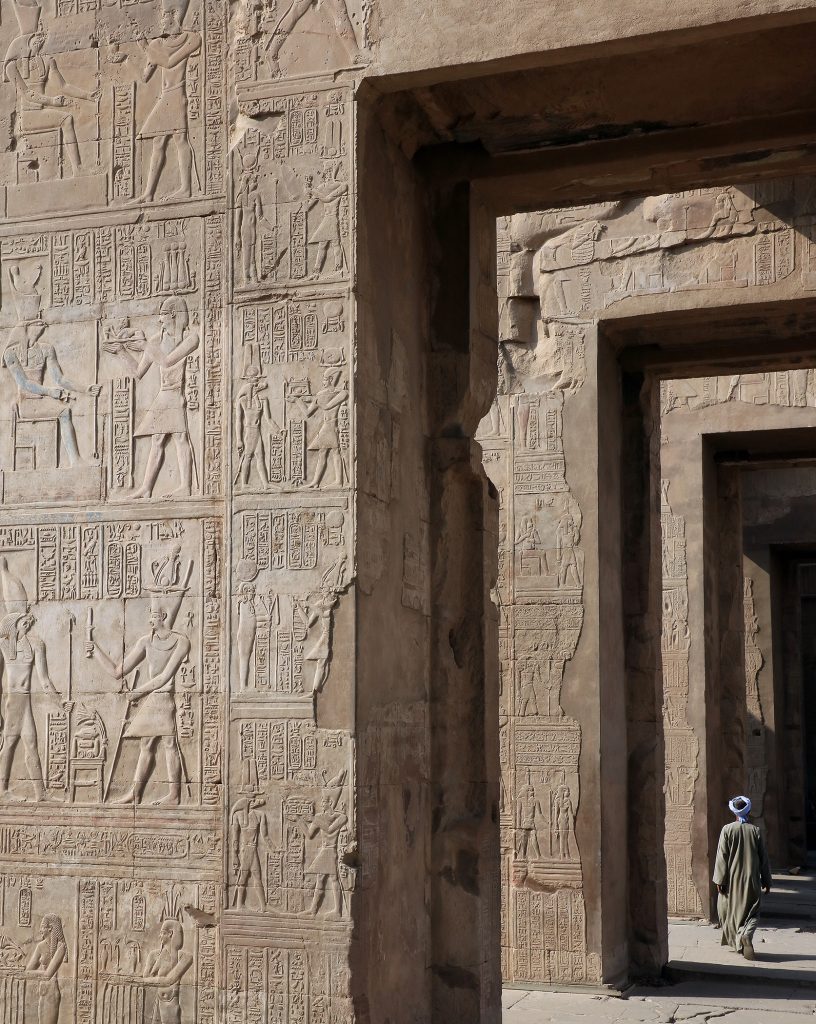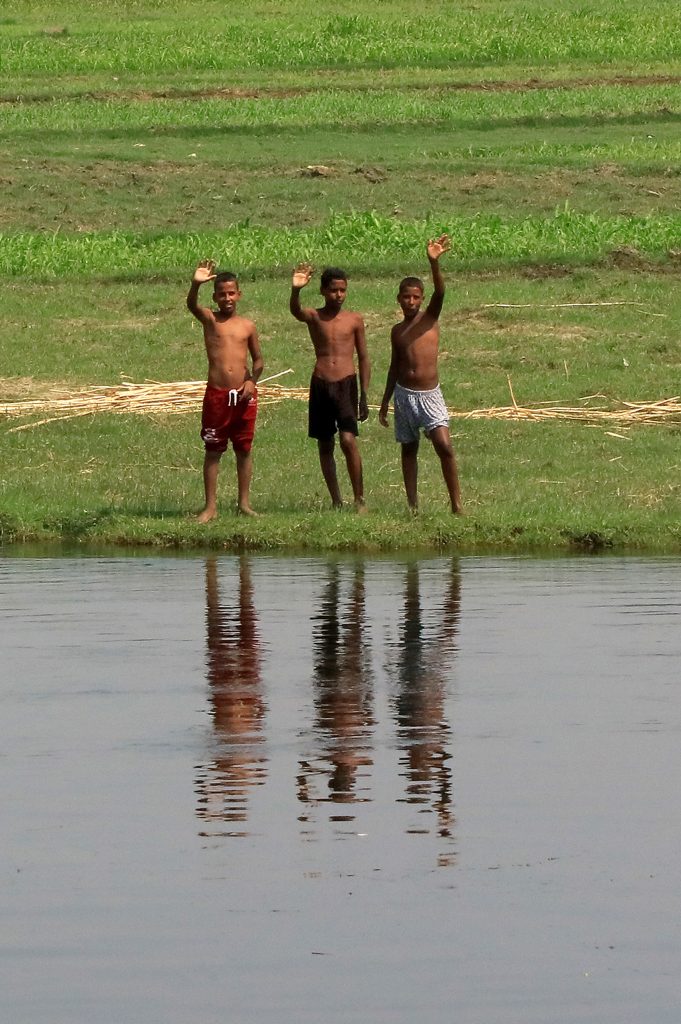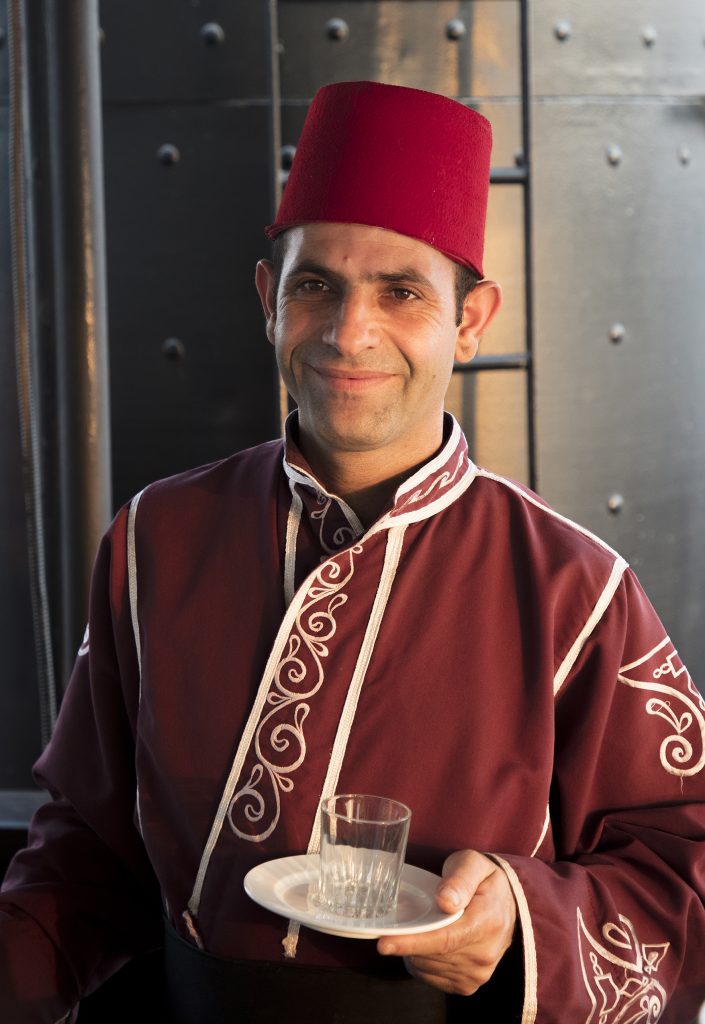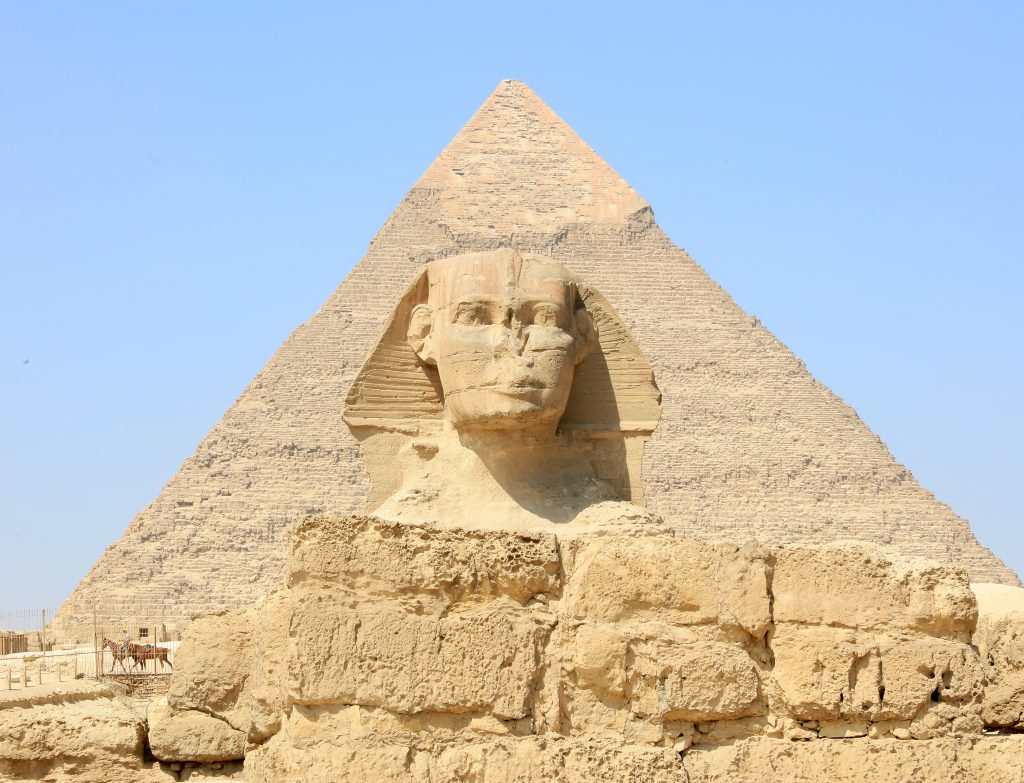
-Janet Erskine Stuart
“Egypt is full of Dreams, Mysteries, Memories”
Egypt is a fascinating country that dates back to the time of the pharaohs and links northeast Africa to the Middle East. Multiple ancient monuments sit along the fertile Nile River Valley including Giza’s colossal Pyramids, the Great Sphinx, the Valley of the King’s tombs as well as Luxor’s hieroglyph-lined Karnak Temple. This spellbinding trip from Cairo and the Abu Simbel Temples to the end of Egypt is 686 miles long (1103.62 km).
Let’s join Colin, our guest contributor, on this exciting journey!
Experience the Golden Age of Travel in a Modern Egypt
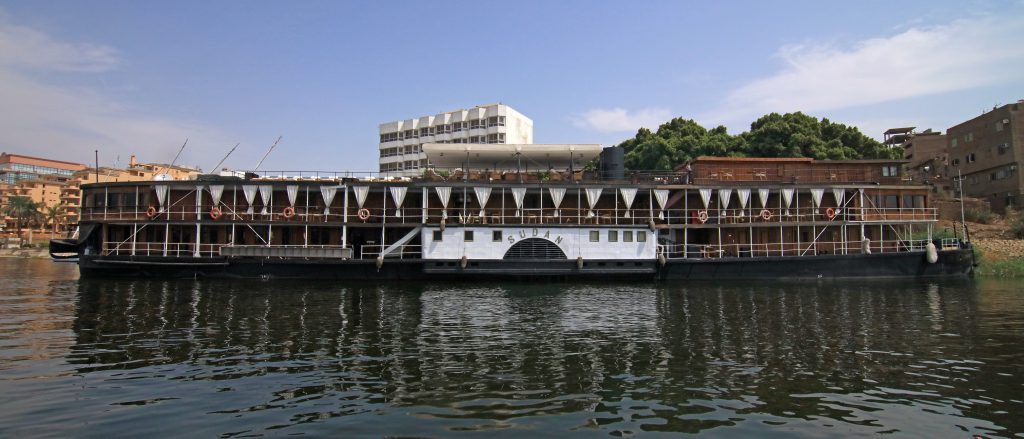
As long as I can remember I have dreamed of visiting Egypt and cruising the Nile. But I have never been a cruise ship type of traveler. I understand the appeal of tossing your bags in your cabin and not having to move them for a week or two as you travel. Personally, I prefer to be immersed in the culture of a place.
My goal is to arrive with the sun at attractions and before buses filled with tourists flood the area. When the tourists thin out, then I’ll peruse the local shops and restaurants. This is hard to do while on a typical cruise ship excursion. That said, Egypt is a large country, and a cruise along the Nile is a convenient way to see the various sites dotted along its banks. But how do you take a cruise and avoid feeling disconnected to Egypt?
While watching a travel documentary I found the answer. I would take a cruise on a time machine known as the S.S. Sudan.
Time Travel on the S.S. Sudan
The S.S. Sudan was built for King Fuad in 1885 and became a cruise vessel in the 1920s. One of three sister ships, the S.S. Sudan hosted famous adventurers during the golden age of travel. This includes such luminaries as mystery novelist, Agatha Christie, who was inspired to write ‘A Death on the Nile’ after a journey on the ship with her Egyptologist husband. Over time as roads became more reliable and planes became the preferred mode of travel, river ships began to disappear.
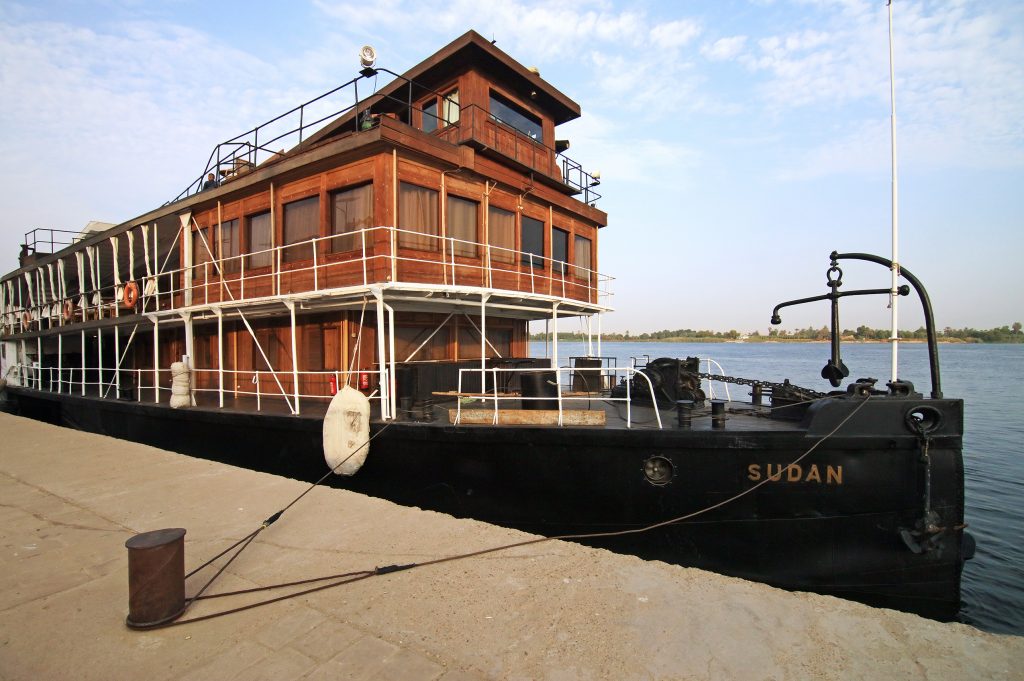
The S.S. Sudan found itself on a scrap heap slowly being dismantled for other uses. In the early 2000s, a French travel agency named Voyageurs du Monde started searching for ships to offer throwback journeys to the glory days of travel. Sudan was salvaged and restored to her original glory using as many original parts from the three sister ships as possible. The ship was reborn to cruise the Nile once again.
Egypt – Exploring the Pyramids
My cruise on the S.S. Sudan is actually the final leg of my trip. I started my journey through Egypt in Cairo. With over 20 million people living in the greater Cairo area, the city is one of the largest on the planet and bustles day and night. I stayed at the Mena House Hotel in the suburb of Giza with amazing views of the Pyramids outside my window.
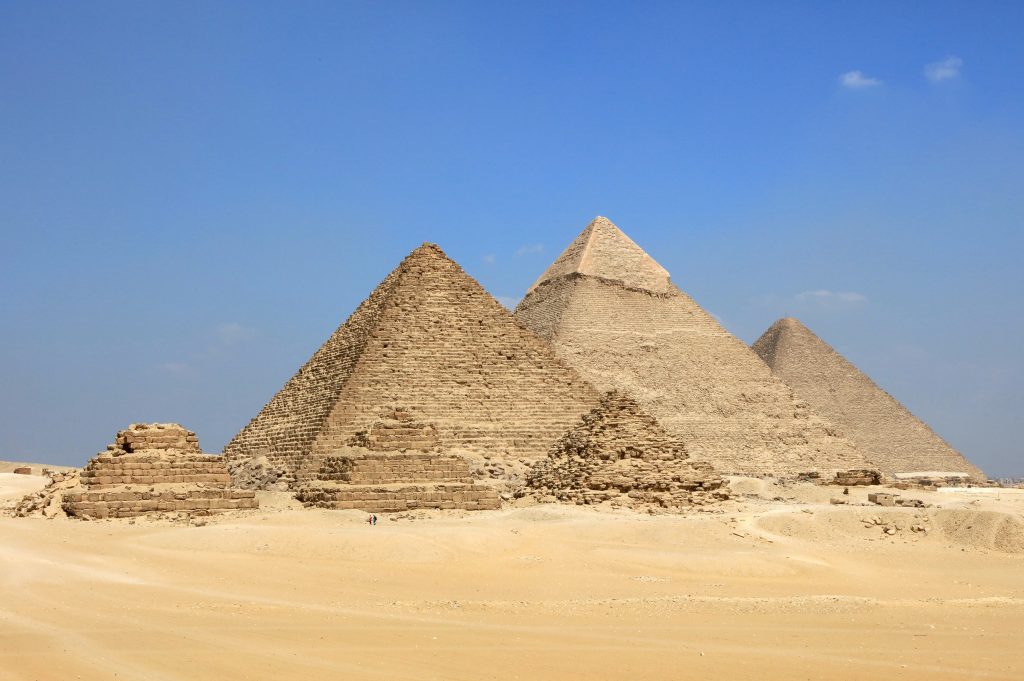
My first day was spent touring the Pyramids and the Sphinx. Later on I went to visit the ancient site of Saqqara. Saqqara is the site of the step pyramid of Djoser, which is actually over 100 years older than the Pyramids at Giza.
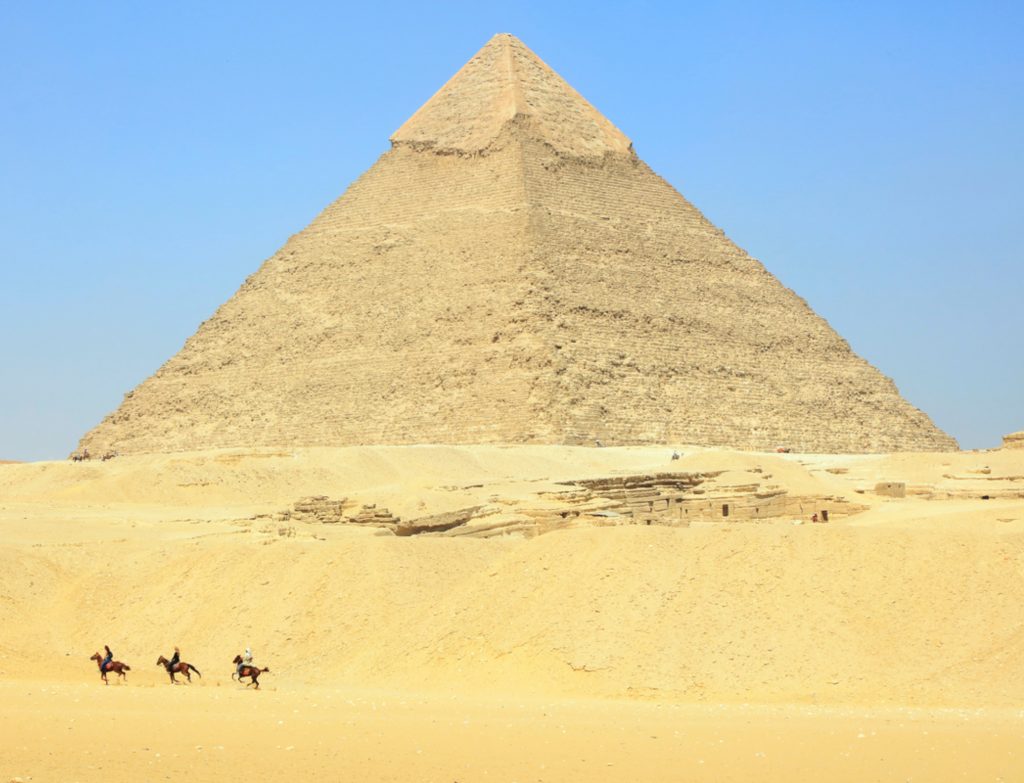
Markets of the Khan el-Khalili
The next day was spent touring the Muhammad Ali Mosque at the Citadel and night shopping at the markets of the Khan el-Khalili. For my last day in Cairo, I went to the Egyptian Museum in the morning to see the magnificent treasures of King Tut Ankh Amun. My trip ends with a flight to Aswan and a drive to the border of Egypt and Sudan to visit Abu Simbel for sunset.
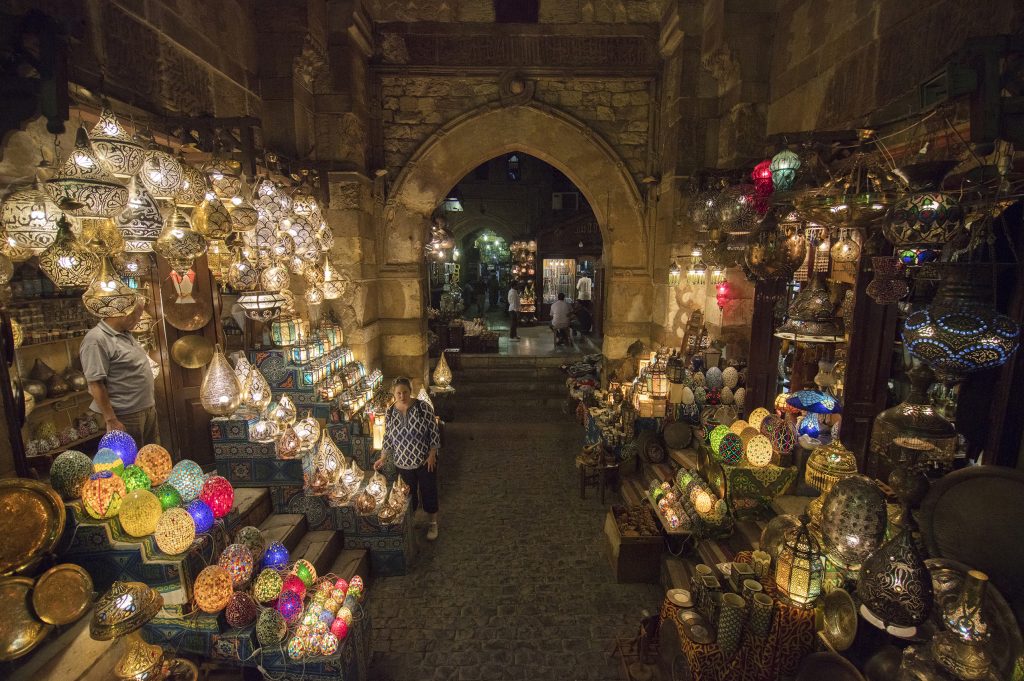
Abu Simbel – Wonder of Egypt
The Temples at Abu Simbel are a miracle of ancient and modern engineering. The great Pharaoh, Ramsses II built the two temples on the banks of the Nile River around 1264BC. Ramsses dedicated one of the temples to himself and the other to Nefertari, the favorite of his many wives.
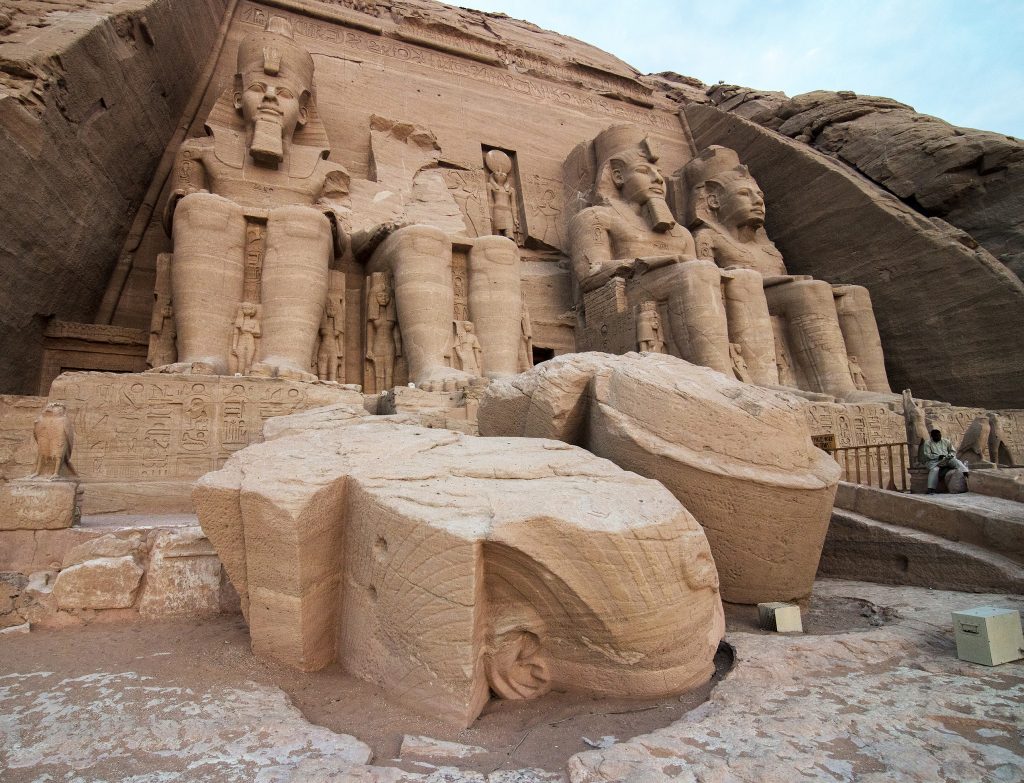
In 1968, the entire temple complex was moved prior to the building of the Aswan High Dam. Without the relocation, the temples would have been completely submerged in the newly formed Lake Nasser. Today Abu Simbel sits 200 meters away on an artificial hill, 65 meters higher than the original complex. The towering statues of Ramsses II have become one of the greatest symbols of ancient Egypt.
The fourth day began with a sunrise visit to Abu Simbel before heading back to Aswan to board the S.S. Sudan for our cruise on the Nile.
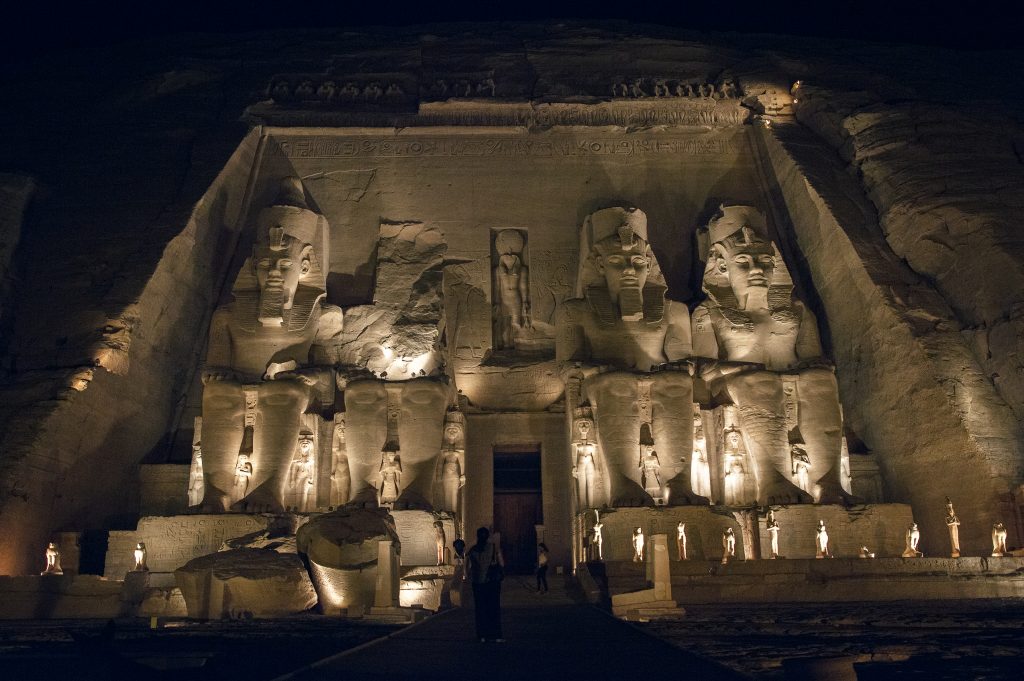
Cruise on the Nile – Egypt
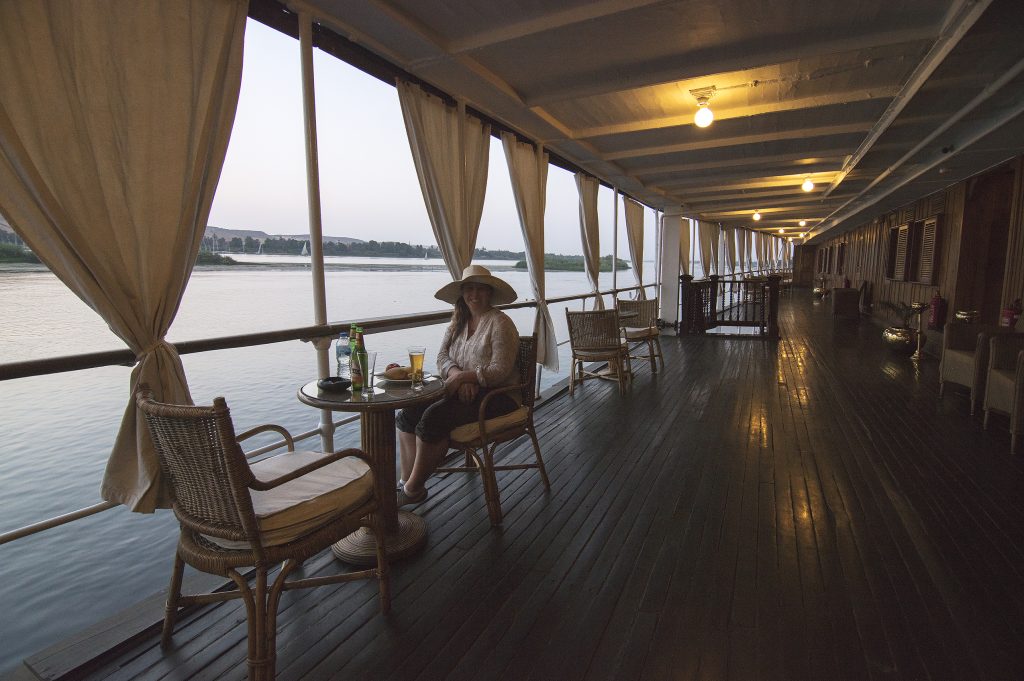
The first view of the S.S. Sudan was stunning. The ship was everything I imagined and more. Once onboard, I couldn’t help but admire the craftsmanship. Every inch from the steam engine to the wheelhouse was authentic and straight out of another time. Strolling the gorgeous wooden decks I knew I had made the correct choice for a cruise vessel. After exploring the ship, I made my way to the parlor to join the other passengers for a welcome orientation by the crew. We met the captain and crew who told us about the history of the ship and our journey over the upcoming week.
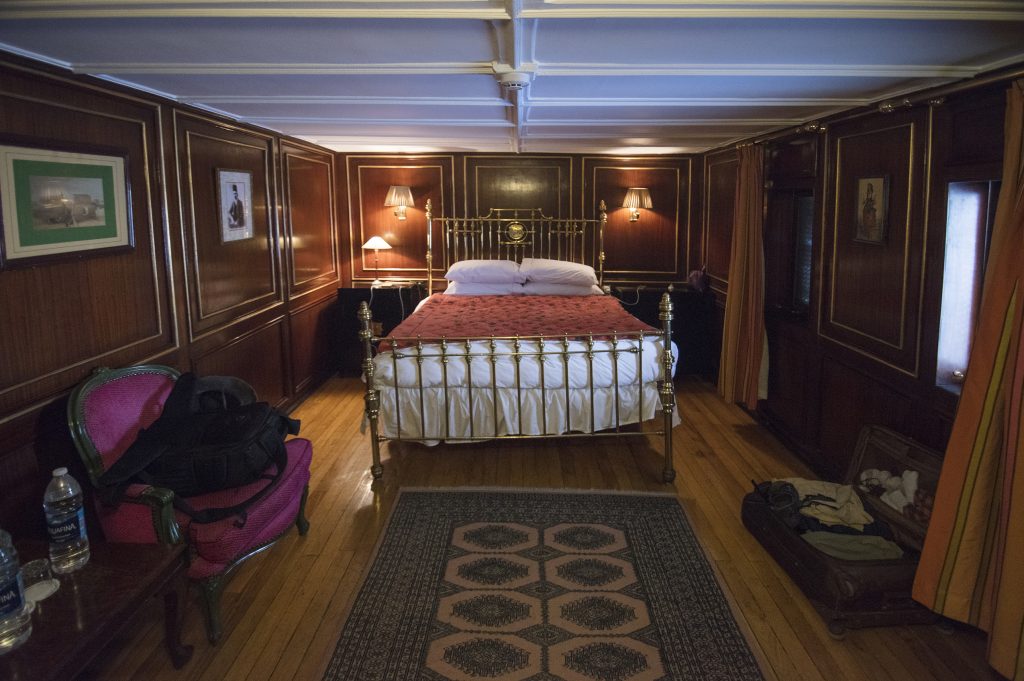
S.S. Sudan’s cabins are each named after a famous person. For example, there is of course the Agatha Christie Suite, and cabins named after Alexander the Great, Queen Victoria, and the discoverer of King Tut’s tomb, Howard Carter. I stayed in the Mariette Pacha cabin. Its name comes from the French archaeologist Auguste Mariette, who led restorations of the temples at Luxor, Karnak, and Philae.
The cabin was much larger than expected. I rarely spend much time in my room on trips, but the cabin was a wonderful place to recover from Egypt’s late September heat before heading to the bar. Apart from the addition of air conditioning throughout the ship, and wi-fi (available only in the parlor and dining area of the ship) the experience is the same as one would have had 100 years ago. The S.S. Sudan not only kept me in the culture of Egypt, but it also managed to transport me to the Egypt of a century ago.
Aswan and Nile
Before setting off on our cruise we took an evening tour of the Temple of Philae in Aswan. Our guide was the incredibly passionate and intelligent Dr. Mohamed Senousy. With a Ph.D in Tourism and over 15 years as a multi-lingual tour guide, he proved to be the most knowledgable guide I have ever had. This was yet another benefit of the S.S. Sudan. Instead of a new guide at each site, we had an expert in Egyptology with us for the entire journey.
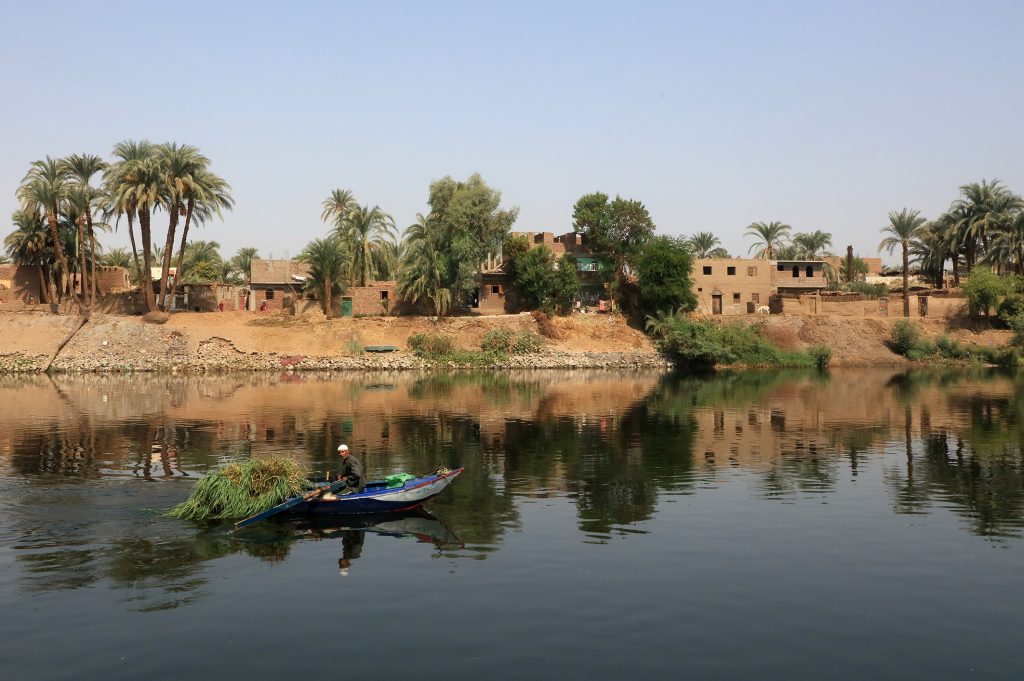
That first evening on the Sudan we had a wonderful meal and then retired to our cabins for the evening. The ship would set sail in the middle of the night arriving at our next stop early in the morning. I woke before we were due to arrive and headed out onto the deck to find the ship moving effortlessly through the waters of the Nile.
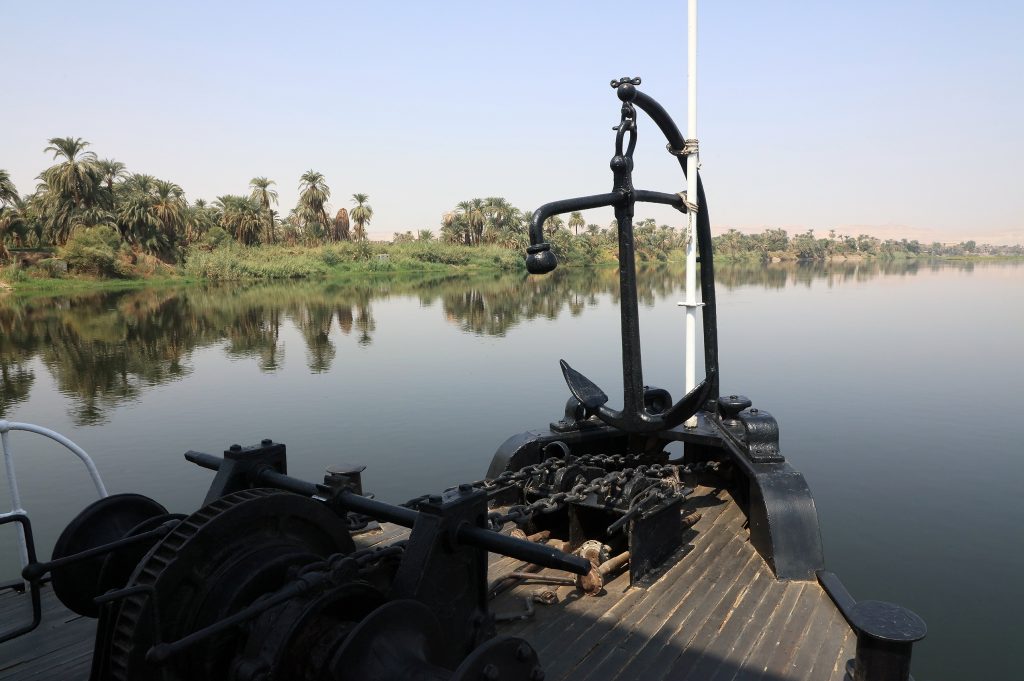
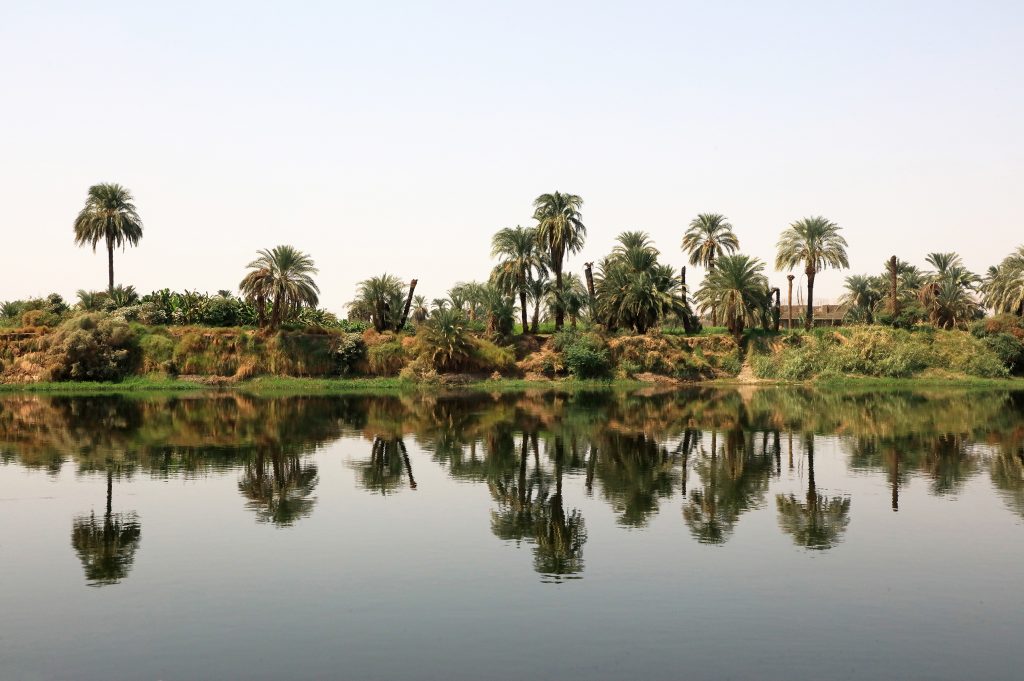
The golden light of the waking morning sun created a mystical atmosphere. I stood on the wooden deck watching the Nile flow by thinking this is what life is all about… experiences like this moment.
Egypt – The Journey Continues
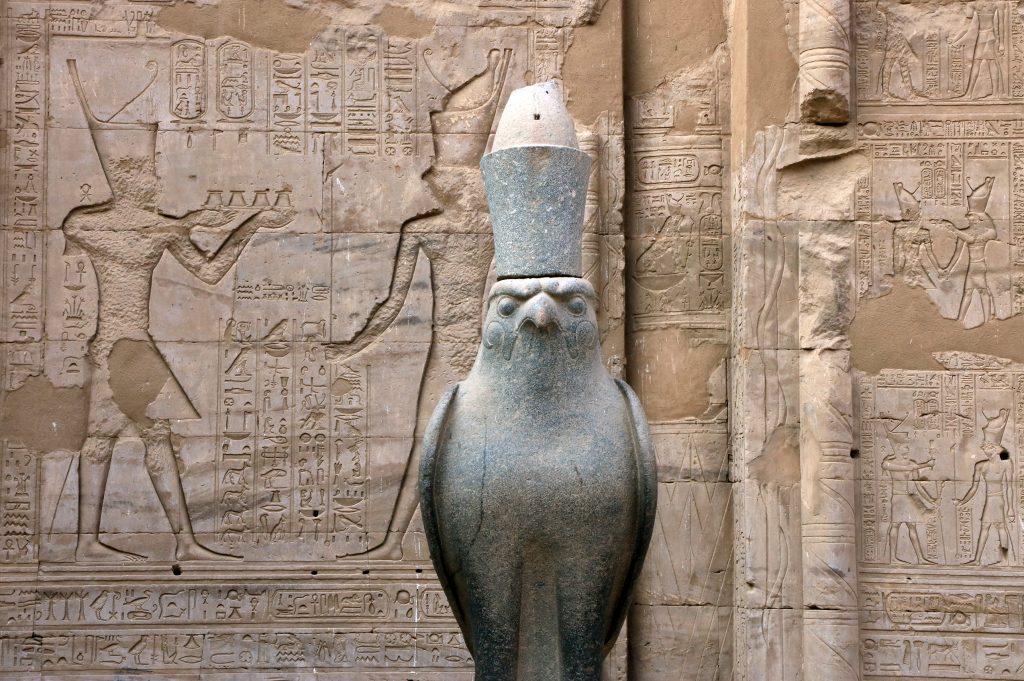
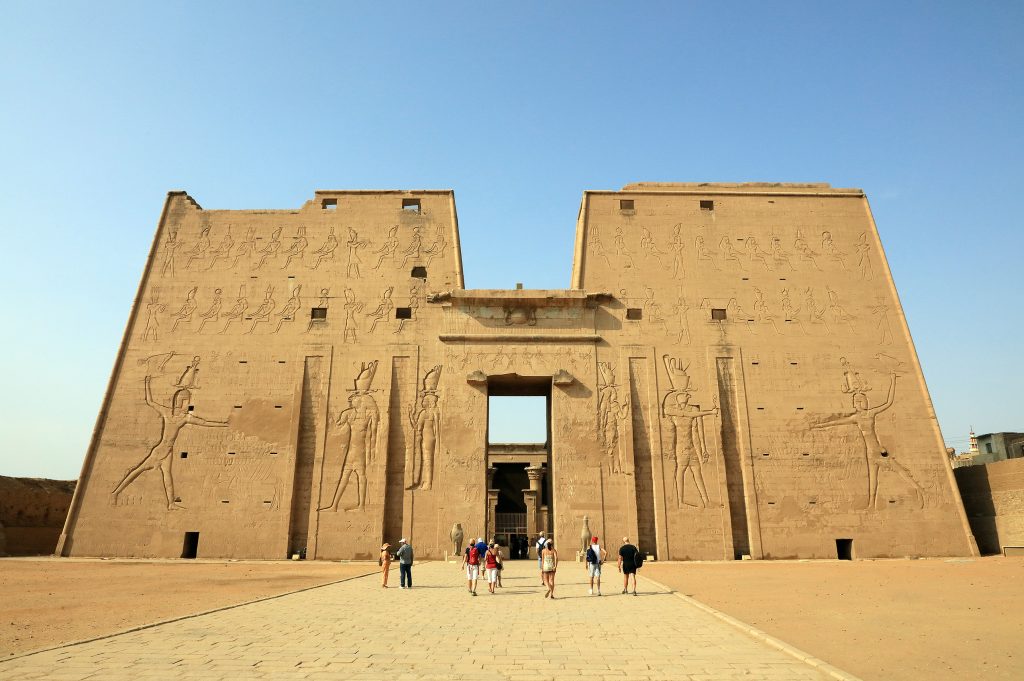
Over the course of the week, we journeyed north and visited the temples Edfu, Dendera, Kom Ombo, and Abydos. Each temple was unique in its own way, but I found the Temple of Seti to be the most interesting in one of the oldest cities in Egypt, Abydos.
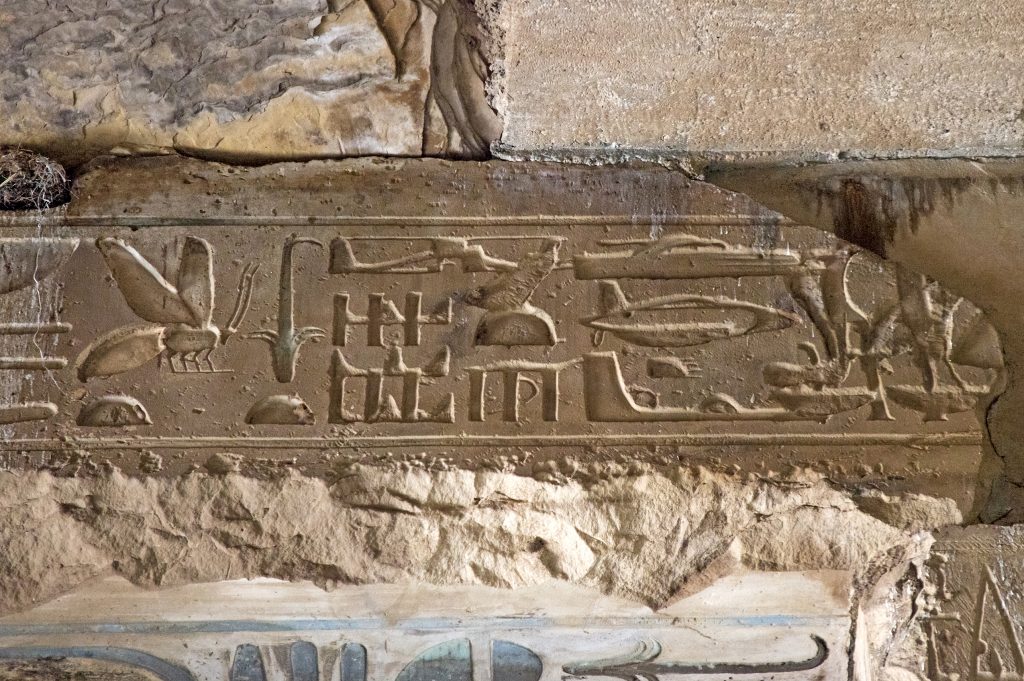
Inside the temple, high on a support beam nearly 30 feet off the ground, are ancient carvings of what appears to be a helicopter, a jet plane, and a yacht.
No one is sure what the hieroglyphics represent to the ancient Egyptian artisans. However, the resemblance to modern modes of travel are inescapable. Egypt is full of mystery with carvings and paintings like these in nearly every temple. Each day I would remind myself that the things I was seeing were 2,000 to 4,000 years old.
Life and People on the Nile

After mornings exploring ancient sites, I would spend mid-days sitting on the top deck of the S.S. Sudan drinking beer and watching the world go by. I smiled at the sight of children running to the river’s edge to wave to us. With great interest, I watched people fish or wash clothes on the banks of the Nile. One day we passed a man on an inflatable relaxing in the mighty river waving for us to jump in and join him.
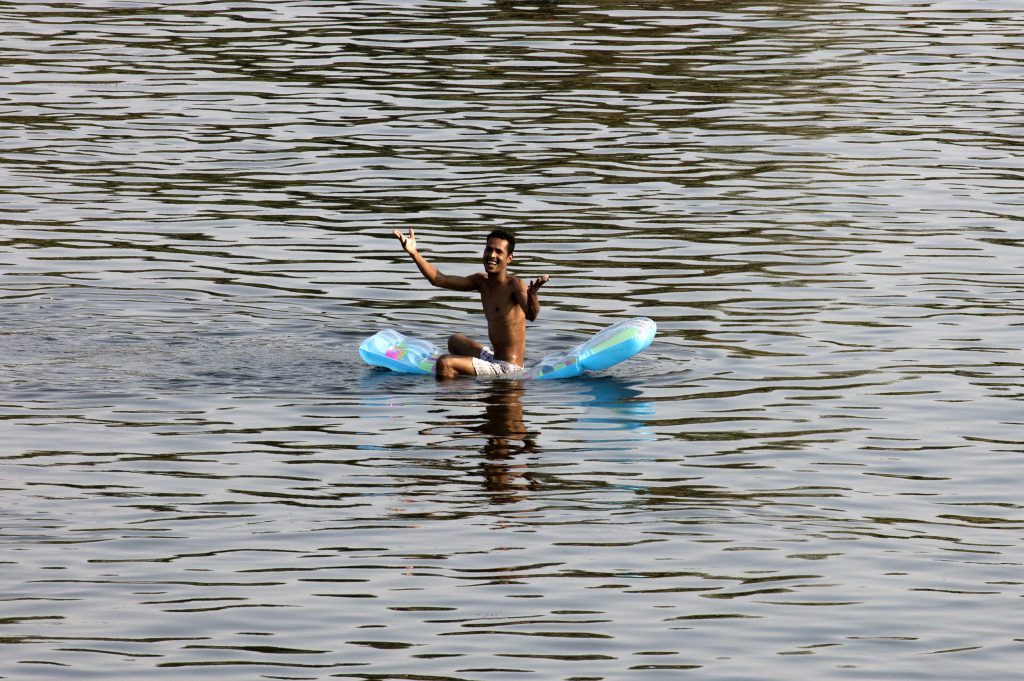
Of course, there were other cruise ships that passed us along the river, but these ships resembled floating hotels more than something you should find in this part of the world. When we passed other cruise ships the passengers would run on deck and take photographs of the S.S. Sudan. The ship was a tourist attraction itself. On the other ships, it was easy to forget where you
were while surrounded by the bells and whistles of modern luxury. Every second on the S.S. Sudan you felt connected to Egypt.
Luxor – the Final Port in Egypt
Eventually, we made our way to our final port of Luxor and the end of our trip. The last days with our guide Mohamed were spent seeing the Colossi of Memnon, the Valley of the Kings, and lesser-known Valleys of the Queens, Nobles, and Workers. On our last night, we toured the Temples of Karnak and Luxor.
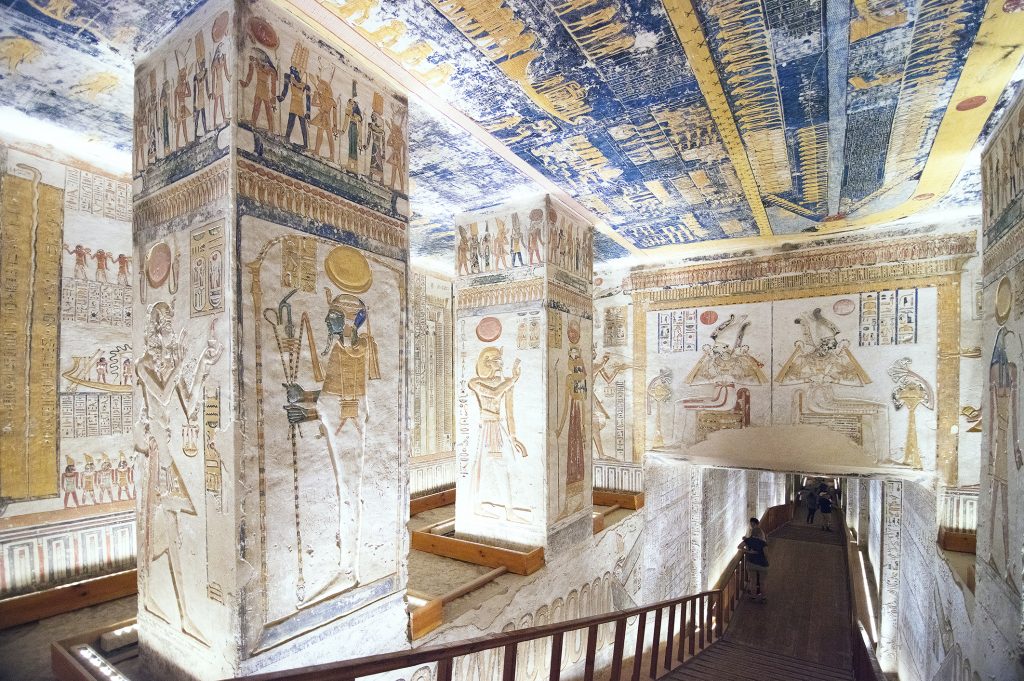
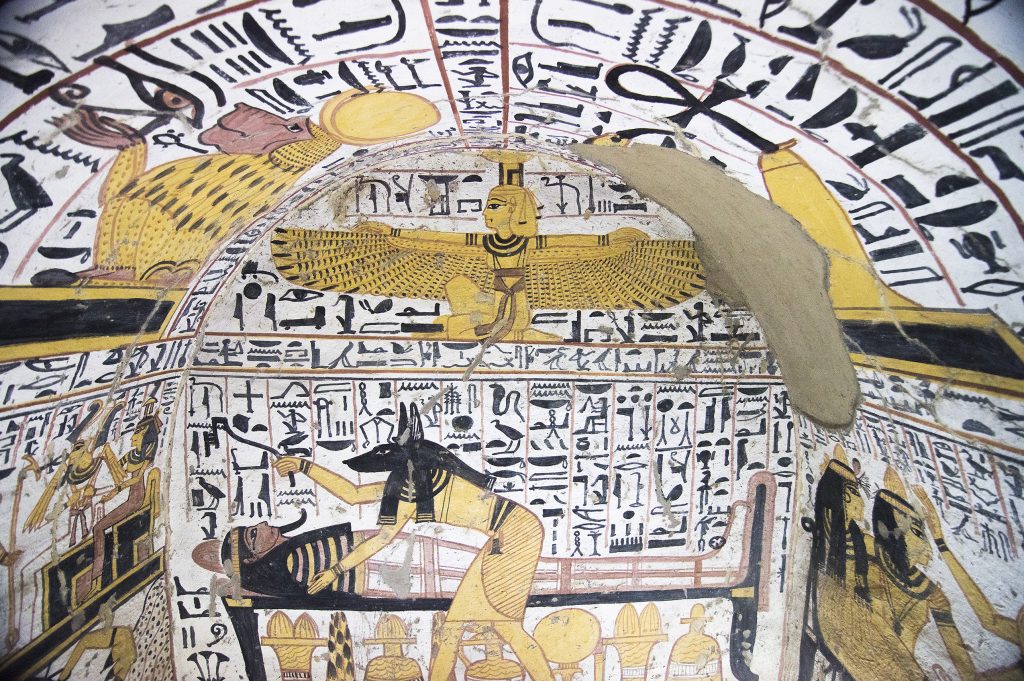
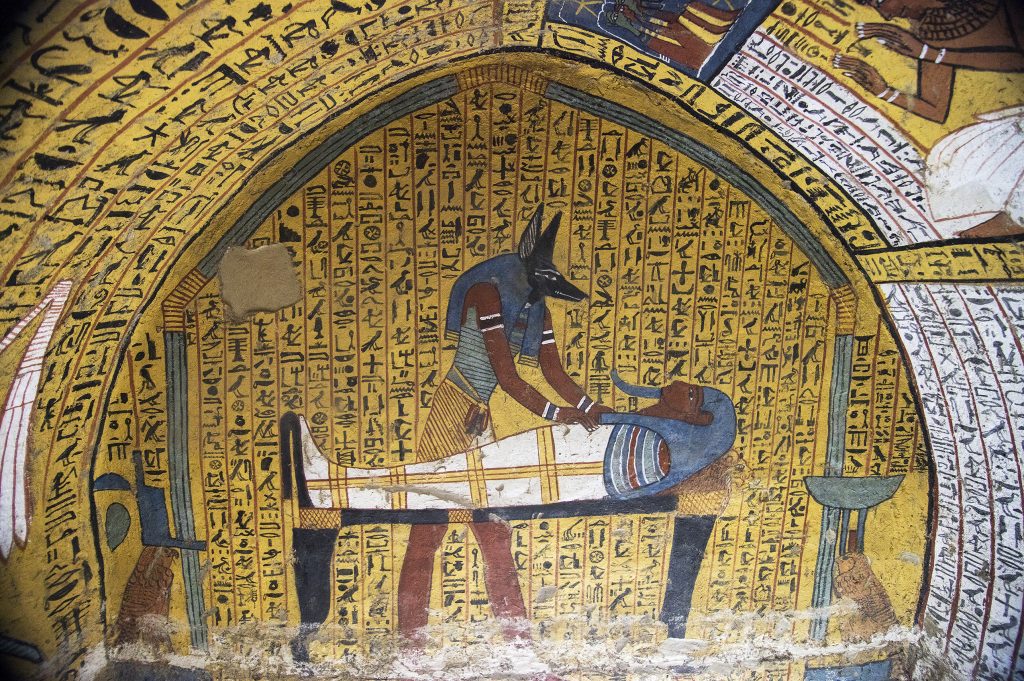
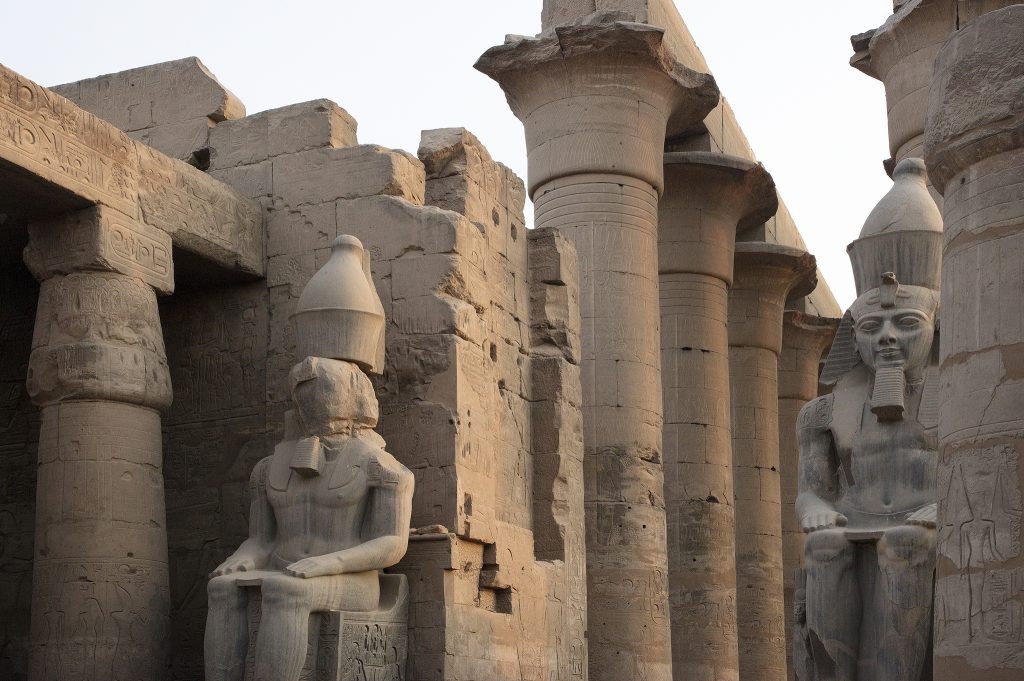
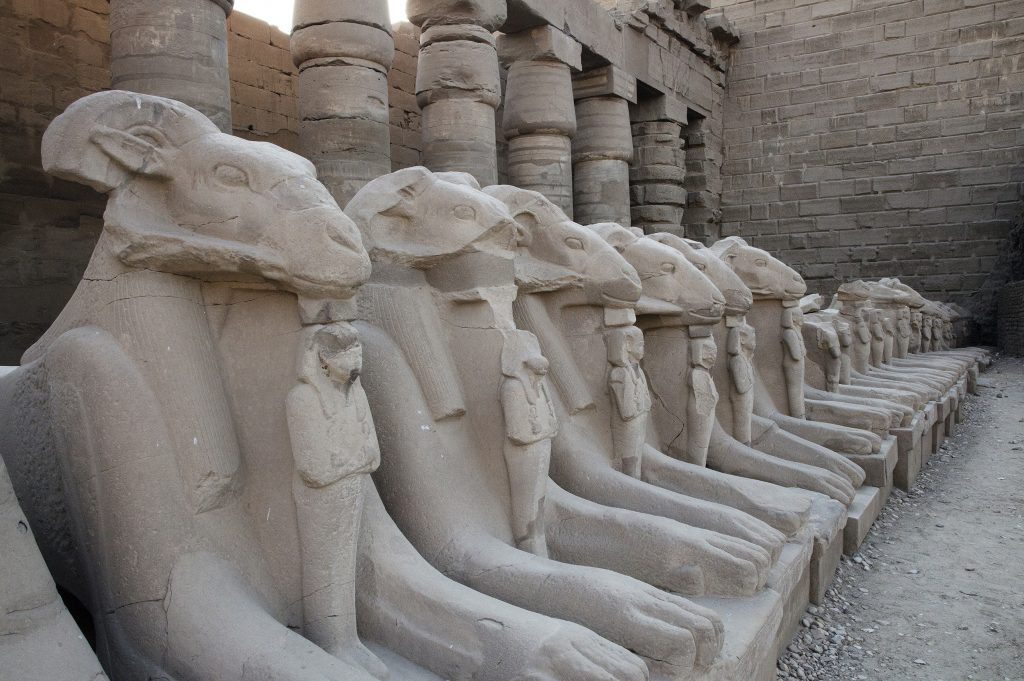
My time on the S.S. Sudan was coming to an end. The next morning I would leave the ship and stay at the famed Winter Palace Hotel to continue exploring more of what Luxor had to offer. The final night on the S.S. Sudan was bittersweet as I enjoyed every second I had left with my home of the previous week. In the morning, my fellow passengers and I sat in the parlor waiting for our bags to be taken ashore when the next group of travelers arrived. What was over for us was about to start for the new guests. I was envious and wish my journey was starting instead of ending.
Saying Goodbye to Egypt and Marvelous S.S. Sudan
The cruise on the S.S. Sudan was one of the greatest travel experiences of my life. The journey through on a historic vessel along the Nile was as much a highlight as strolling under the towering Pyramids at Giza or hiking deep inside of the tombs of ancient pharaohs in the Valley of the Kings. I’m glad the ship saved from a salvage heap was given a second life, taking modern adventurers on the trip of a lifetime along the magical Nile.
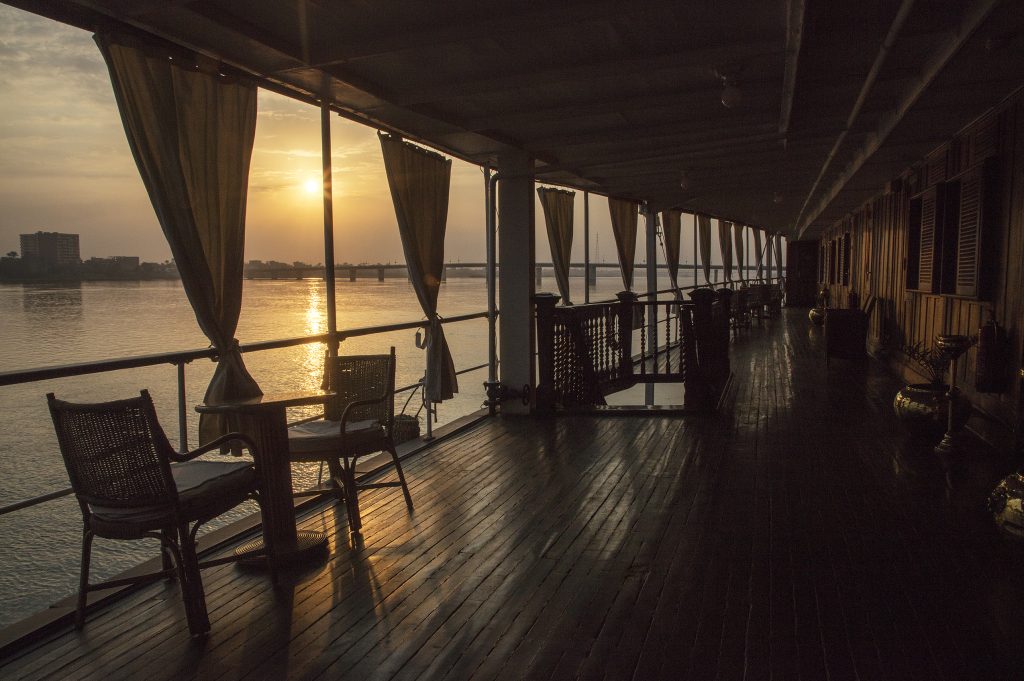
Egypt left me with many memories and my time on the S.S. Sudan was at the top of that list. Sometimes the journey is just as important as the destination.
About the Author
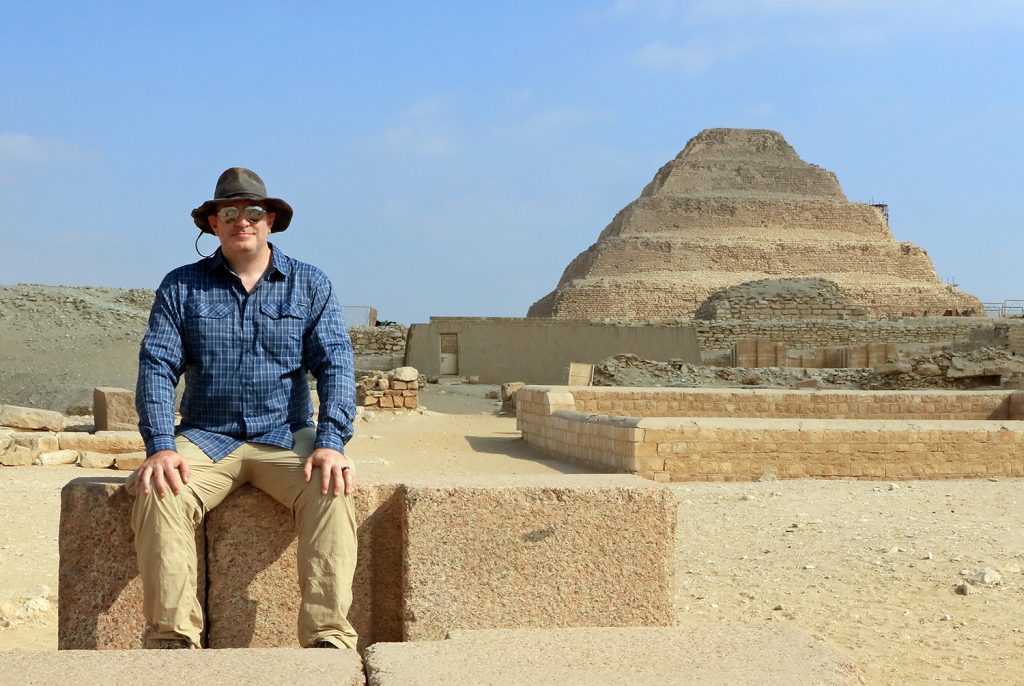
Colin S. Johnson is a professional photographer based in Washington, D.C. His photographs have been published in various publications including The Washington Post, Smithsonian, and the Hirshhorn Museum of Modern and Contemporary Art magazine where he spent 8 years as an event photographer.
Enjoy his Instagram for the latest travel photography or check his website.
A Word from the Founder, Zest & Curiosity
Egypt was my first exotic trip to ancient land when I was at college. From bustling streets and markets of Cairo, felucca boats on the river Nile, riding mules through the stunning scenery of the Valley of the Kings to wonder of Pyramids and Sphynx – every day had some wonder to offer. It is a very different, beautiful world.
Reading this essay about the iconic S.S. Sudan and enjoying the photo essay reminded me about the joy of travel and shared experiences.
Even though we have been in Egypt at different times, I find it amazing how each of us has such a unique experience and how wonderful it is to have moments like this in life. Learning about other cultures and expanding our knowledge about other countries has undoubtedly enriched our lives.
Thank you Colin for this lovely read and these fabulous photos! It is always a pleasure to have you at Zest & Curiosity.
I hope you enjoyed exploring the delights of Egypt, dear reader.

– Tijana
Editor-in-Chief and Creative Director
Zest & Curiosity
All photos from Egypt are by Colin S. Johnson. All photographs are protected by copyright. For more information about using and linking photos please contact us.

